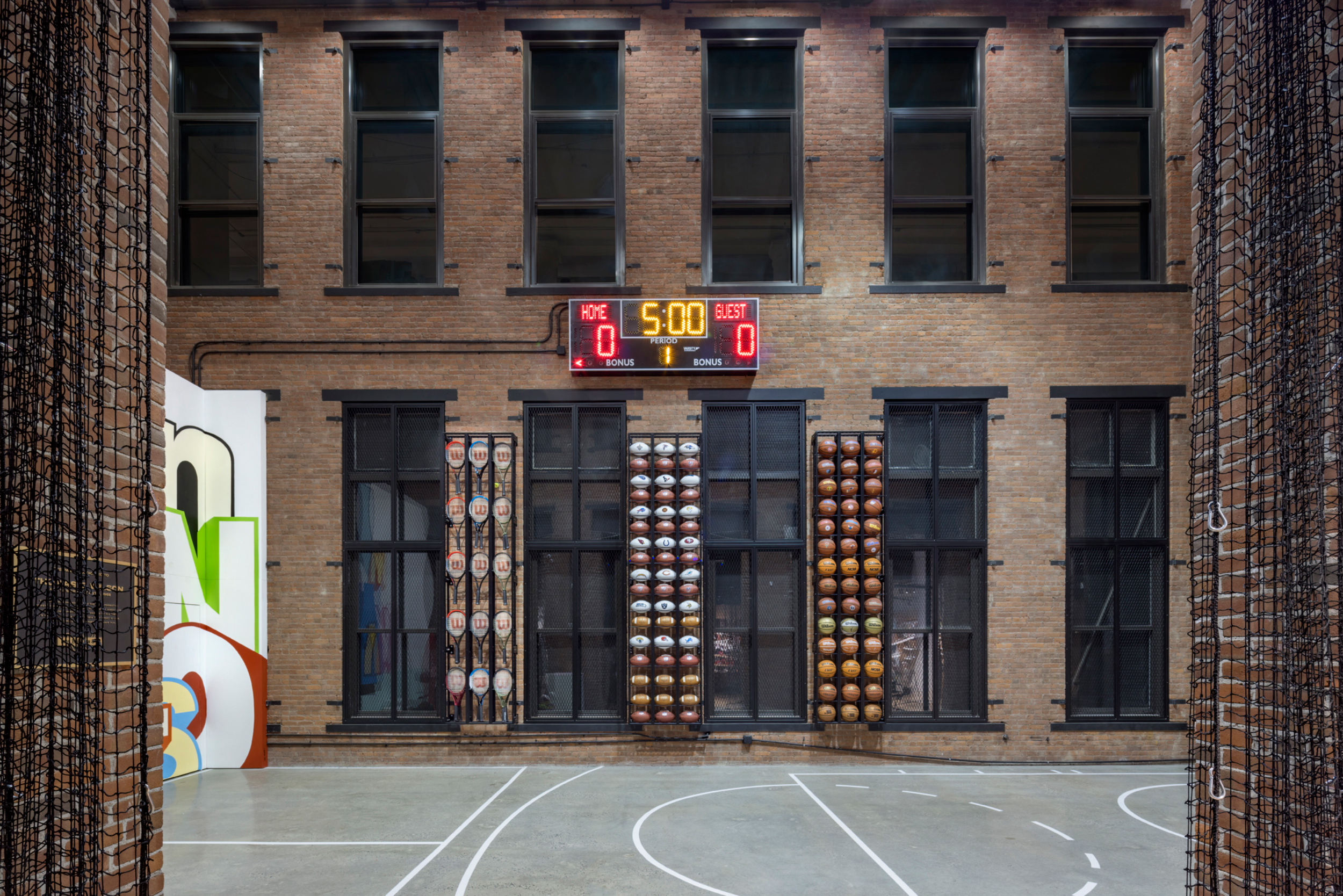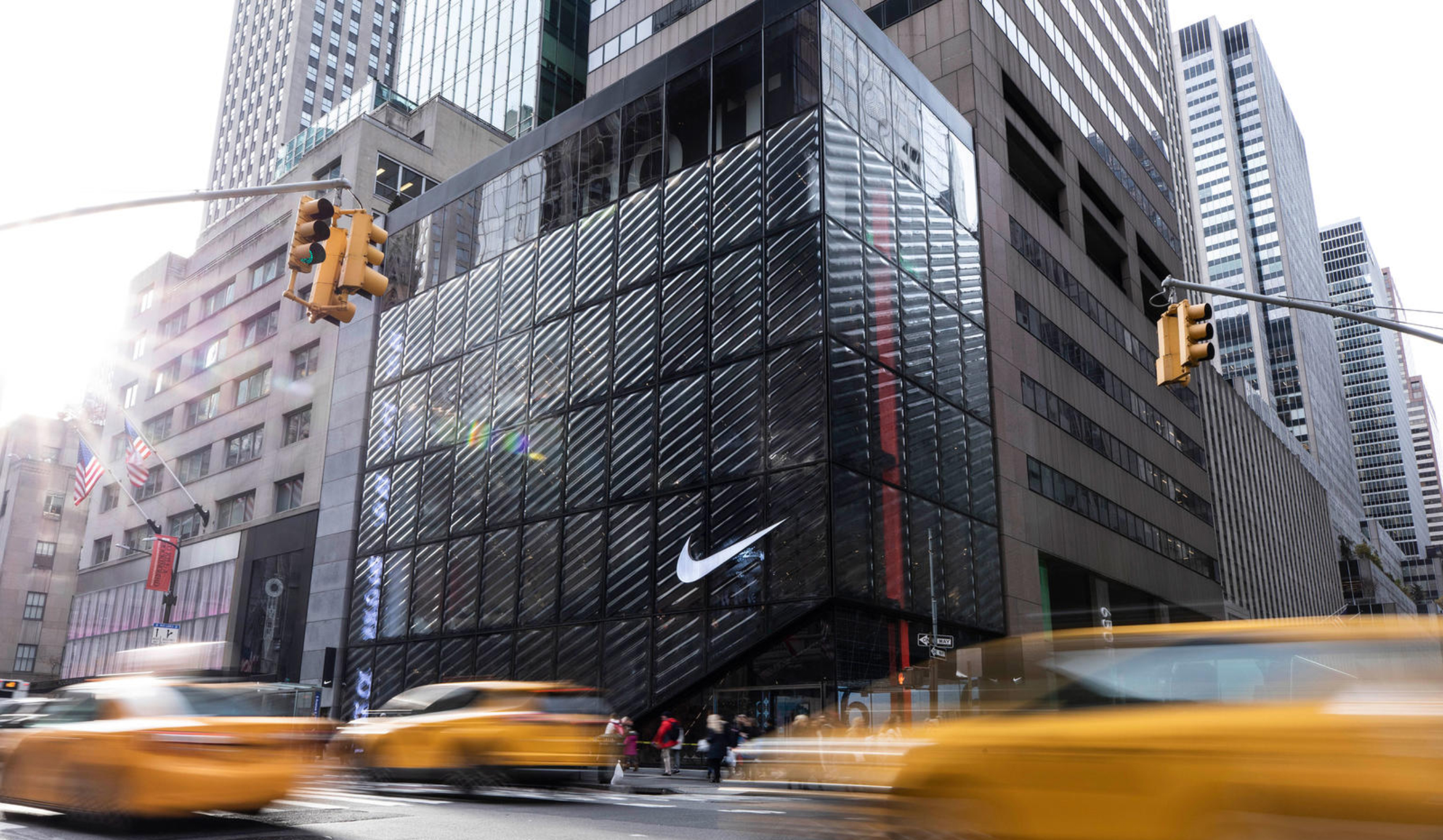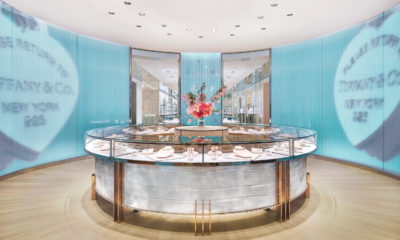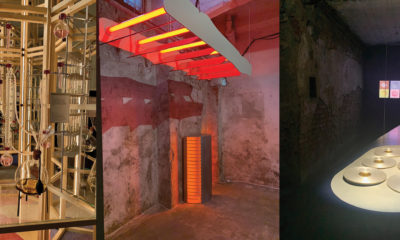AS WE MOVE FURTHER into 2024, I’ve been digging deeper into the concept of melding digital technology and customer experiences, and I am still finding many breaks along the way – mainly the human connection between physical and digital channels, touchpoints and experiences.
Here is my perfect retail recipe: It all begins in the comfort of your own space, where you start an online exploration of new products and services. The digital realm greets you with an immersive platform, not just any website but a place powered by AI magic. It deciphers your preferences and styles from your browsing history and/or other relevant data. Here, you’re not just browsing but virtually exploring products and customizing features.
 📷 Courtesy of Nike
📷 Courtesy of Nike
And the physical would mirror the digital: You enter the store, and the staff already knows your name. They have a treasure trove of your preferences at their fingertips with a mobile device enabling seamless engagement from online to in store. With essential human interaction, they guide you through personalized recommendations, demonstrations or comparisons. It’s like walking into a familiar space despite being physically there for the first time.
The store itself feels like a playground of innovation. Products you explored online are now showcased, allowing you to touch and experience them in specially designed areas. Smart tags on each item share information while quietly collecting your real-time feedback. AI learning is a dance between the consumer and the technology, enhancing its understanding of individual shopper’s preferences.
And there’s even more. Picture donning Augmented Reality (AR) glasses or using your smartphone to unlock additional information about products – specifications, potential combinations – overlaid visually based on your online behavior. Perhaps there’s even a virtual design studio where large screens or Virtual Reality (VR) stations invite you to customize products, letting you witness alterations in real time.
Advertisement
With a linked online account, you seamlessly make your purchase in store. The digital cart synchronizes effortlessly, capturing your history and ensuring a smooth transaction. And the cherry on top? Flexibility for convenience and preference – pick up your purchase immediately, schedule delivery or have it shipped. Post-purchase, the system offers tailored suggestions, maintenance tips or complementary products based on the purchase. It’s a journey that respects your preferences, blurring the lines between the digital and physical worlds, all focused on providing value and convenience across every channel.
This is how I imagine the perfect integrated experience journey. Over the last few years, there has been a lot of energy to create immersive and engaging online and offline experiences through app use and customization. I went out in New York City to see how close I could get to my ideal experience, and it’s not out there – yet. I ultimately enjoyed and explored various brands within the sport category. They all had a specific perspective executed differently.
Nike’s House of Innovation on Fifth Ave. has seven levels. Its street-level experience changes frequently and can be impactful at attracting customers – one notable touchpoint is a mini basketball court allowing visitors to score points by shooting baskets. The Nike By You section on its top level offers customization to footwear and sportswear.
In Puma’s Fifth Ave. store, the most engaging areas of its two levels were women’s footwear at street level and customization flanking men’s on the second level. The Experience Sport Zones on the second level didn’t have much customer activity, but there were staff waiting for you to engage.
Advertisement
 📷 Courtesy of Bergmeyer
📷 Courtesy of Bergmeyer
In SoHo, the Wilson store was buzzing with people. Its one level is traditionally merchandised with men’s on the right and women’s on the left, with key destinations for customization of gear. In the back of the store, there is a half basketball, half tennis court so guests can actually try before they buy. It was a buzz with activity and very low-tech.
Advertisement
There are some key areas and strategies retailers need to consider when attempting to bridge the gap between online and offline to create seamless experiences across all channels:
- Activations and customization services are musts when considering customer engagement.
- Online to offline experiences need to do more than being a BOPIS (buy online, pick-up in store) facilitator.
- Stores and experiences need to be thoughtfully designed across all touchpoints. Well merchandised areas must have strong storytelling and well-trained staff.
Regardless of what these stores are doing “right or “wrong,” it was great to see so many people out and about, shopping and engaging. Though I didn’t experience my perfect recipe, I still enjoyed the active engagement of being in a retail space and having person-to-person interaction.
Advertisement


 Photo Gallery2 weeks ago
Photo Gallery2 weeks ago
 Headlines1 week ago
Headlines1 week ago
 Headlines2 weeks ago
Headlines2 weeks ago
 Headlines6 days ago
Headlines6 days ago
 Headlines6 days ago
Headlines6 days ago
 Headlines2 weeks ago
Headlines2 weeks ago
 Designer Dozen2 weeks ago
Designer Dozen2 weeks ago
 Headlines2 weeks ago
Headlines2 weeks ago
 📷 Courtesy of Nike
📷 Courtesy of Nike 📷 Courtesy of Bergmeyer
📷 Courtesy of Bergmeyer


















